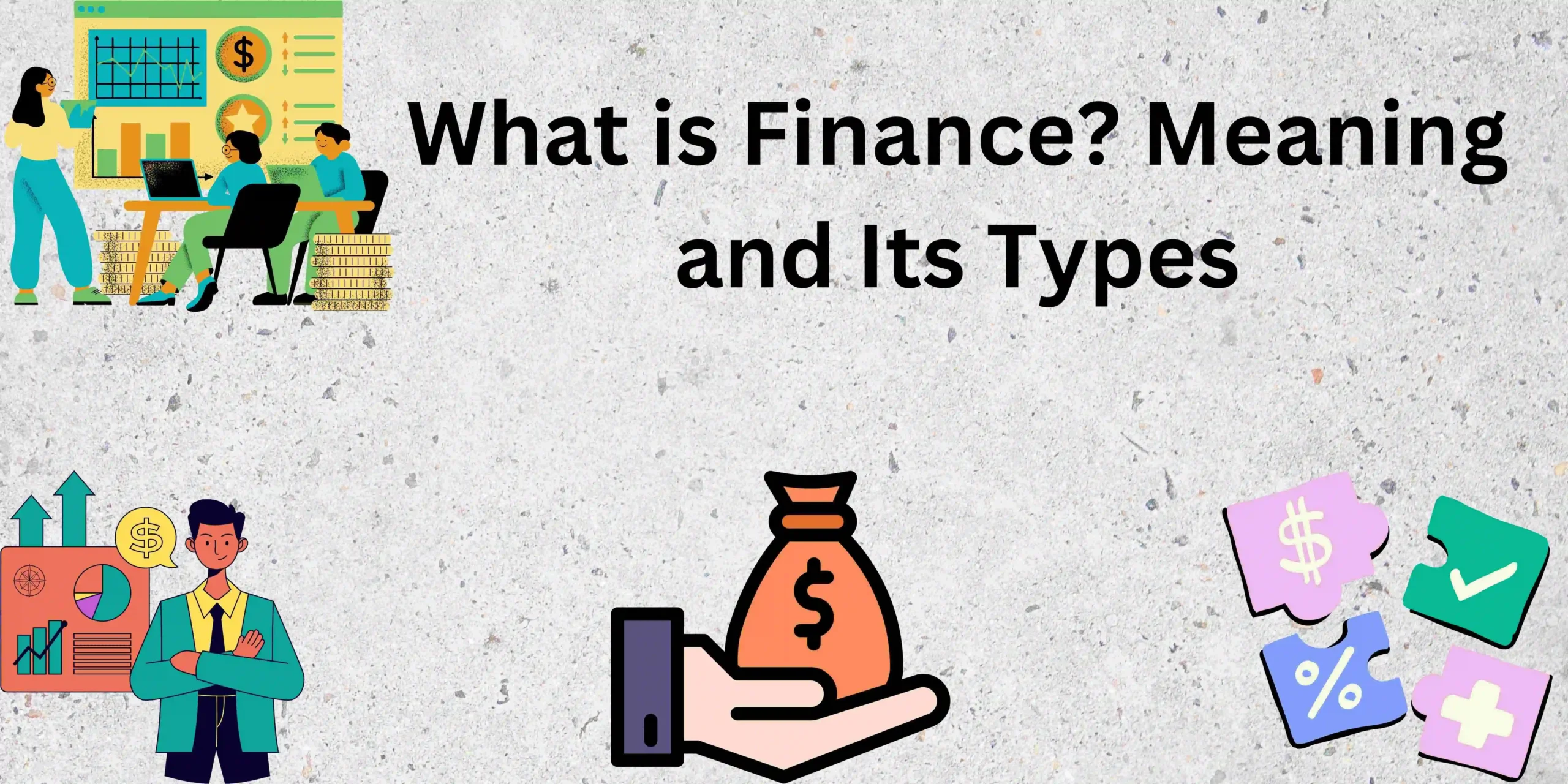Understanding Your Insurance Policy
Insurance plays a significant role in financial security. It provides you with peace of mind and shields you from unforeseen events. “Whether we’re talking about health, life, auto or home insurance, understanding your policy can help you make smart choices and be prepared for unexpected charges when you need coverage.”
However, insurance can feel a little complex due to all the jargon and principles involved. This blog is a breakdown in laymen terms so you can understand your policy or decide on what to choose for you and your family.
What Is Insurance, and Why Do You Need It?
An agreement between you and an insurance company is what your insurance is. You buy a policy (a contract), and in exchange, the company agrees to protect you from specific losses or damages. The premium is an ongoing cost that you pay throughout the policy’s term. Think of it as an insurance safety net. Insurance won’t stop bad things from happening, but it will definitely lessen the financial burden when they do.
Here are some reasons why insurance is important:
- To protect you against sudden huge expenses, such as hospital bills or the repair of cars, it protects you.
- It provides a financial safety net for the family (for example, life insurance).
- Some forms of insurance are compulsory (to give an example, vehicle insurance in many countries is obligatory).
- Insurance gives you peace of mind so that you don’t have to think about it and can get on with other parts of your life.
Breaking Down the Basics: Key Terms in Insurance
To navigate your insurance policy, it’s crucial to understand the common terms used. Here’s a glossary of the most important ones:
a) Premium
The premium is the cost you pay for the insurance company to keep your policy in force. It can be paid monthly, quarterly, or yearly. For instance, if you pay 5,000 annually for health insurance. Your premium will vary based on your age, health, and level of coverage.
b) Coverage
Coverage refers to the scope of protection your policy offers. It specifies what events, damages, or losses are covered. For instance, a car insurance policy might cover accidents and theft but exclude wear and tear.
c) Deductible
A deductible is what you have to pay yourself before the insurance company kicks in. Consider you have a health insurance policy with 10,000 as a deductible. If the medical bill is 30,000, you’ll first pay 10,000, and the insurer will settle the rest of 20,000.
d) Policyholder
The person who owns the policy is called a policyholder. If you bought insurance for yourself, you are the policyholder.
e) Claim
A claim is a formal request from the policyholder made to the insurance company to cover a loss that is under protection. For example, if your car is damaged in an accident, you will file a claim to get compensation for repairs.
f) Exclusions
Exclusions are conditions or events not covered by the insurance policy. For example, some health insurance plans may exclude pre-existing medical conditions for a certain period.
g) Policy Limit
This is the maximum amount the insurer will pay for a covered loss. If your life insurance policy has a limit of 10,000, that’s the maximum amount your beneficiaries will receive.
h) Rider
A rider is an add-on to your insurance policy that provides extra benefits. For instance, a maternity rider can be added to a basic health insurance plan.
Types of Insurance Policies

Insurance comes in various forms, each serving a unique purpose. Here are some common types:
a) Health Insurance
Health insurance covers medical expenses like doctor visits, hospital stays, and surgeries. It’s essential in today’s world, where healthcare costs are skyrocketing. Some policies also cover preventive care, such as vaccinations and checkups.
b) Life Insurance
Life insurance provides financial support to your family or beneficiaries in the event of your death. There are two main types:
- Term Life Insurance: This covers a specific period and is cheaper.
- Whole Life Insurance: This offers lifelong coverage and may include a savings component.
c) Car Insurance
Car insurance covers damages to your vehicle and liabilities arising from accidents. It’s often mandatory, protecting both you and third parties involved.
d) Home Insurance
Home insurance safeguards your house and its contents against risks like fire, theft, and natural disasters. It’s vital for homeowners looking to protect their most valuable asset.
e) Travel Insurance
Travel insurance covers unexpected events during your trips, such as flight cancellations, lost luggage, or medical emergencies.
f) Disability Insurance
Disability insurance provides income replacement if you’re unable to work due to illness or injury.
g) Business Insurance
Business insurance protects companies against risks like property damage, lawsuits, and employee-related issues.
How to Read Your Insurance Policy
Insurance policies are lengthy documents, but understanding their structure can make them less intimidating. Here are the main sections you should focus on:
a) Declaration Page
This is the summary of your policy. It includes critical information such as your name, premium amount, coverage limits, and policy duration.
b) Definitions
This section explains the technical terms used in the policy. If you come across a confusing term, check here for clarification.
c) Coverage Details
Outlines what is included in your policy, such as the risks covered and benefits provided.
d) Exclusions
List the conditions or situations not covered by your policy. Always read this section carefully to avoid surprises.
e) Claim Process
Explains how to file a claim, including the required documents and timeline for processing.
f) Riders and Endorsements
Details any add-ons or modifications to your policy.
Common Mistakes People Make With Insurance
Avoid these common pitfalls to make the most of your insurance:
a) Not Reading the Policy
Skipping the fine print can lead to misunderstandings. Always take the time to read your policy thoroughly.
b) Choosing Insufficient Coverage
Selecting a lower coverage amount to save on premiums might leave you underinsured in the event of a major loss.
c) Ignoring Exclusions
Being unaware of exclusions can result in denied claims during emergencies.
d) Missing Premium Payments
Failing to pay on time can cause your policy to lapse, leaving you without coverage.
e) Overlooking Riders
Neglecting to consider riders can mean missing out on valuable additional coverage.
Tips for Choosing the Right Insurance Policy
Selecting the right insurance policy can be overwhelming, but these tips can simplify the process:
a) Assess Your Needs
Consider your financial situation, life stage, and risks. For example, a young professional might prioritize health insurance, while a family might focus on life insurance.
b) Compare Policies
Shop around and compare options from different insurers. Online tools can help you find the best fit for your needs and budget.
c) Understand the Fine Print
Ask your insurance agent to clarify anything you don’t understand. Don’t hesitate to ask questions.
d) Check the Insurer’s Reputation
Research the company’s claim settlement ratio and customer reviews to ensure reliability.
e) Review Periodically
Your insurance needs may change over time. Make it a habit to review your policies annually.
Simplify the Claim Process
Filing a claim doesn’t have to be stressful. Follow these steps for a smoother experience:
- Report to the Insurer: Contact the company with details about the event as soon as you can.
- Submit What You Need: This includes things like bills and claim forms.
- Follow Up: Contact the insurer for updates on your claim’s status.
- Get Paid: After approval, the insurer will reimburse you as per the policy guidelines.
Also Read:
Conclusion
Knowing what your insurance policy covers is not simply a matter of knowing the terms and conditions — it’s about taking control and being in a better position to make financial decisions. Understanding the fundamentals and steering clear of pitfalls helps you take full advantage of your insurance.
Your financial safety net is insurance, and knowledge is the key to its effective use. Learn well, make the right choices, and be prepared for anything in life!







